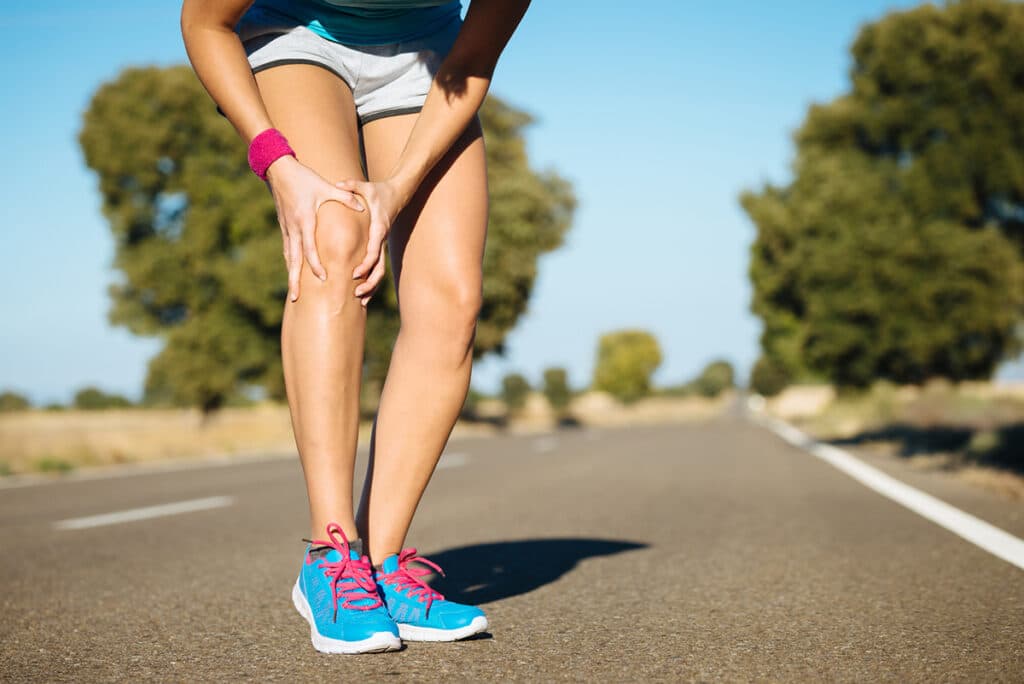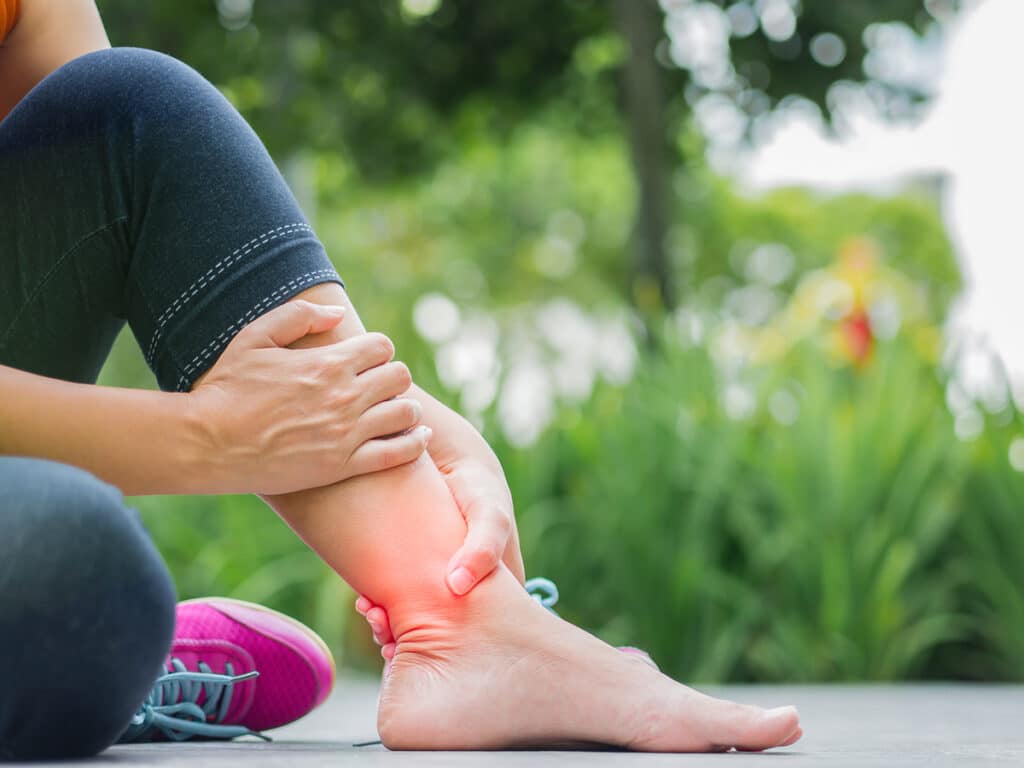
When Should Runners Stop Strength Training?
We know that a good training regimen includes strengthening and stretching. But how much is too much? You don’t want to be sore on marathon day. Plus, there’s the risk of injury or pulled muscles with any exercise. So, when should runners stop strength training before their race? When to Stop Strength Training Before a marathon or triathlon, runners should







